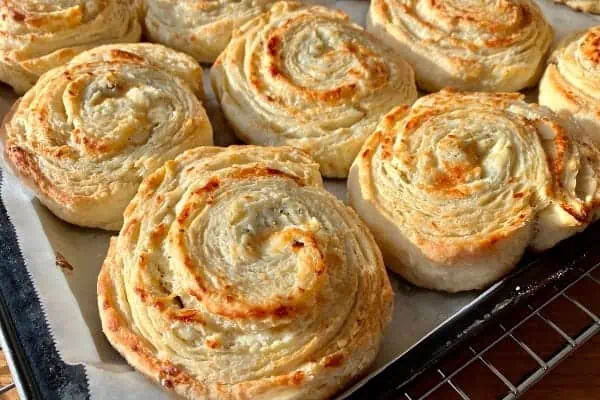You know that thing you’ve had for years and haven’t been quite willing to part with, though you haven’t yet discovered its particular niche? Mine is a small hand-crank cast iron meat grinder, and the niche has been found.
Two in fact, in the disparate realms of ferments and ice-cream. I’ve been on a pretty good downsizing kick recently, but I’m glad I followed my gut and kept toting this little guy around!
I bought the grinder in Haines, Alaska, about eight years ago. I found it in one of those tiny crammed establishments that is somewhere between an antique store and a thrift shop and is populated by things the owner has dug up from every grandmother’s attic in town.
I freely admit that I am a sucker for such places, and even without a precise function in mind can be easily convinced to part with a small amount of coin in exchange for a thing exuding age and good craftsmanship.
My first grinder, a black cast iron coffee mill, was a gift from my parents. They bought it in South Africa, where they began their love affair with life in the bush. It was a doorstop in the NWT cabin I grew up in, and as a teenager in the city I watched it languish in a cupboard, having been supplanted by electricity.
Eventually, in response to my repeated suggestions to return it to use or at least public view (not that I drank coffee), my mother said I could have it to do with as I would as soon as I had a cabin of my own.
Well, fast forward a number of years and I was on the phone, telling her I would be coming to collect.
It was with this heirloom in mind that I picked up the little meat grinder, feeling certain that it would find it’s place in at least seasonal use if not as a permanent fixture.
Yesterday I ran about 30 pounds of turnips through its sturdy mechanism for the making of sauerruben, the turnip equivalent of sauerkraut, with great results.
The pieces that emerge are about as fine as one could desire from a medium grater with much less torque on the wrist and fewer grazed knuckles by far. It had found its purpose. While it was attached to the counter I had an idea.
One of the staples of communal meals where I used to live was banana ice cream – frozen bananas run through a food processor, sometimes with a little nut butter, cocoa and vanilla, for a dessert that appealed to everybody across all food restrictions. Plus it is a great vehicle for toppings.
Whenever baking bananas showed up at the grocery store one of us would grab a bag and toss them in the freezer, ensuring a supply for emergency dessert purposes.
It’s one of the few things I’ve been missing, having transitioned to being totally off-grid and not having a food processor. Imagine my delight when my test banana got progressively gobbled up by the augur and emerged from the end of the mill as ribbons of creamy goodness! In the interests of science (and including the necessary amount of local content) I also tried frozen berries with similar results. The possibilities seem endless.
So we have a fourth hand-grinder now in the regular rotation in addition to the coffee, flour and flax mills that already grace the counter edges. It is affirming to discover that I can get just as good if not better results with an old cast-iron unit than a new shiny electric gizmo, and know that I stand a lot lower chance of breaking it, too.
I guess it’s like my dad says – they just don’t make ’em like they used to.
Grist for the Mill
One of the fun things about older pieces of equipment is the way they are labeled – patent numbers and dates are often impressed indelibly into the metal, as are brand and model names and countries of origin. The four mills we use regularly give us the following:
Black Betty: my original coffee mill from my parents, proudly Made in England, no other information.
Lulu: the new one, imprinted with the name “Eclipse” and multiple patent stamps. One says simply “Patent,” another “Patented Oct 16 1986,” and a third “Patented Apr 25 99.” With the amount of patent information this must have been made in the United States – when I do not know.
Big Bob: a sturdy, long-armed Molino brand grain mill, Victoria model, made in Colombia.
Little Richard: used mostly for flax, this unit is also a Molino, but the Corona model. Also sporting a Made in Colombia stamp.




